A knowledge base only works if people use it.
SharePoint is one of the most widely adopted platforms for knowledge management, but its success depends on how it is set up.
When designed well, it becomes a central hub for Standard Operating Procedures (SOPs), work instructions and business process documentation.
When designed poorly, it becomes a dumping ground where information is hard to find and quickly outdated.
This article outlines best practice for building and maintaining a knowledge base in SharePoint.
🏗️ Structuring Your Knowledge Base
The foundation of a good knowledge base is structure.
SharePoint offers sites, libraries and pages, and how you use them matters.
Create a dedicated knowledge base site collection so content has a clear home.
Organise information into libraries by category, such as SOPs, work instructions, policies and training materials.
Within libraries, use folders sparingly.
Rely instead on metadata and tags so content is easier to search and filter.
This keeps the knowledge base scalable as more documents are added.
📂 Naming and Metadata Conventions
Consistent naming avoids confusion.
Each document should have a clear, descriptive title that includes purpose and date if relevant.
For example, “Finance_Onboarding_SOP_2024”.
Metadata should be applied at the library level so users can filter documents quickly.
Tags such as department, process type, version and owner provide context at a glance.
This is especially important for larger organisations where multiple teams contribute content.
📝 SOPs, Work Instructions and Process Documents
SharePoint is a strong platform for process documentation.
Use templates for SOPs and work instructions to ensure consistency across the knowledge base.
Each SOP should cover purpose, scope, roles and responsibilities, steps, exceptions and references.
Work instructions should drill down into task-level detail.
For business process documentation, embed diagrams or flowcharts directly in SharePoint pages.
This allows staff to view processes visually without downloading external files.
The key is consistency—users should know what to expect when they open any SOP or instruction.
🔍 Search and Navigation
One of SharePoint’s biggest strengths is its search.
But it only works if content is structured properly.
Metadata and tags make search results meaningful.
Custom search scopes can be configured to limit results to the knowledge base site.
Navigation also plays a big role.
Use hub sites, quick links and highlighted content web parts to create intuitive paths for users.
The fewer clicks to reach content, the better.
👫 Collaboration and Ownership
A knowledge base is a living system, not a one-off project.
That means ownership must be clear.
Each department should have a content owner responsible for maintaining documents.
SharePoint permissions should be set so everyone can view, but only designated owners can edit.
Collaboration features like co-authoring and version control make it easy to update documents without confusion.
Stakeholders should be engaged early, so they feel part of the process rather than passive recipients.
⚙️ Automating Workflows
SharePoint integrates with Power Automate, making updates and approvals smoother.
For example, when a new SOP is uploaded, an approval workflow can notify the process owner for review.
Expired documents can trigger reminders for updates.
Automated workflows reduce administrative overhead and keep the knowledge base accurate.
This also helps meet compliance requirements by ensuring documents are reviewed regularly.
🌱 Building a Knowledge Culture
The tool is only half the story.
People skills and change management are what make the system sustainable.
Staff need to be trained not only in how to use SharePoint, but why the knowledge base matters.
Encourage contributions by recognising the effort that goes into documenting processes.
Make the knowledge base part of daily workflows by linking it in Teams, Outlook and other tools.
The more visible and accessible it is, the more likely staff will use it.
🎯 Final Thoughts
A SharePoint knowledge base becomes a true asset when structure, consistency and ownership are in place.
SOPs, work instructions and process documents should be easy to find and trusted as current.
Metadata, workflows and collaboration tools make this possible.
But above all, it is people skills and stakeholder engagement that bring it to life.
SharePoint provides the platform.
Your people make it valuable.






